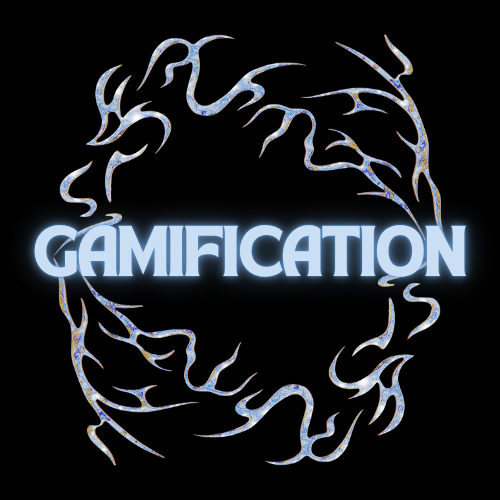
Review of Xcrawl Classics
Share
I’ve often joked to myself that there is an old school mentality to games that goes:
GM: Okay you enter the room. Roll a d20.
Player: I rolled an 11.
GM: Your next eleven characters die. Start rolling characters. You can play the twelfth.
That is an exaggeration of course, but not by as much as you’d think. Certainly there was a sense of spamming the game with characters and seeing which ones stuck around.
The creators of Dungeon Crawl Classics knew that type of game and embraced it. And now they have created a new game mixed with the Xcrawl setting.
Xcrawl is a weird, awesome idea. It’s set in a fantasy version of the modern world. You have the magic, monsters and faux feudalism of the D&D style fantasy world, mixed with modern technology. The tech is a little behind the real world. The internet is in its infancy so cable TV is still big, There are cars, but they are all stick shift. (I know. And it’s a dystopian hellscape in other ways than that!) There are cell phones but not smart phones.
And there are dungeon crawls.Why? Because the people want to see dungeon crawls! Artificial dungeons are created, stocked with traps and monsters, and parties of adventures try to survive them for cash and prized. And it’s on pay-per-view!
Dungeon crawlers are athletes, warriors, and pro wrestlers rolled into one. And Xcrawl is a blood sport.
This makes is perfect for the Dungeon Crawl Classics system. Xcrawl is a blood sport. And a game with forgiving death mechanics and easily available resurrection spells is not good for a campaign about blood sports. DCC, on the other hand, has the funnel. Everyone starts with three or four zero-level characters that go through a beginning adventure. Whichever of your characters lives gets to go to first level and choose a class.
The system: First off, the DCC system uses weird funky dice. I know, you’re gamers. You know about weird funky dice. No, I mean weird funky dice. Like the d3, the d5, the d7, the d14, the d16, the d24 and the d30. That is in addition to the normal gamer dice we are all familiar with.
The classes are similar to what we are familiar with but different. You have the Brawler instead of the Fighter. The Blaster is the spell-slinger, who is taught a quick and dirty form of magic because actual Wizards are too valuable to risk in the Games. Instead of the Cleric you have the Messenger, who doesn’t get spells like D&D clerics, but a selection of divine abilities that actually involve calling on your God. Seriously. I love it. They have a score called “disapproval” which gets higher if they start screwing up too much. Unlike D&D, your God is there and watching you. There is the Specialist, which is the Rogue type. It has a bunch of subclasses like Acrobat and Criminal.
It uses the old school D&D race as class, so Dwarves, Gnomes, Half-Elves and Half-Orcs are their own classes, though some can take Specialist classes like Dwarven Mechanic and Half-Orc Slayer. And some races can only be Specialists, like the Elven Trickster and Halfling Rogue.
There are mechanics for Wealth and Fame. Wealth is your overall financial standing, so you don’t have to count gold pieces every time you buy a drink. Fame points can be burned to get our of parking tickets, or get the best seating at a restaurant. There is also a score called Mojo, which is used to boost rolls. Not your rolls. You can only spend them on your teammates. And they can’t ask you to.
It seems like a fun world to explore even outside the dungeons.There are seven adventure modules you can buy, including one zero-level funnel called Murder Mountain Smackdown. In the back of the core book there is a d100 chart that gives ideas for adventures outside the dungeons.
I want to play this. Or try to run it. I bought it on a whim at the local game store, but you can order it through Goodman Games, or get the pdf at drivethrurpg.com. I wish you fame and fortune! Or at the very last, survival.
